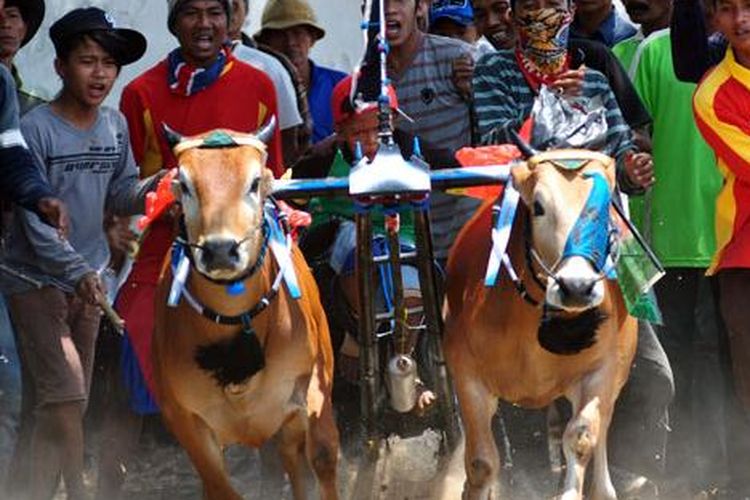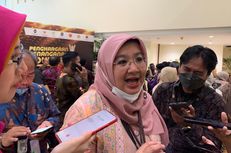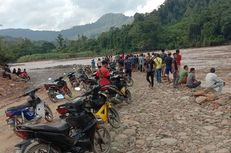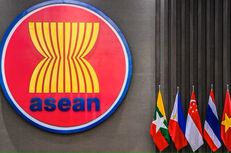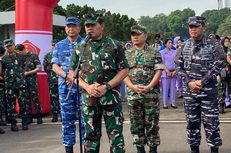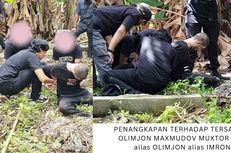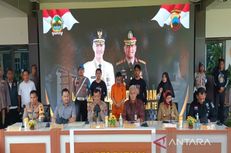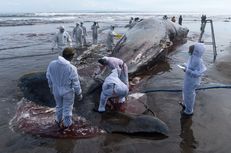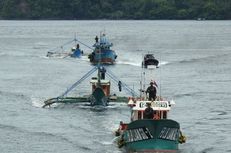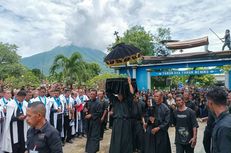Baca berita tanpa iklan. Gabung Kompas.com+
West Sumatra's Traditional Bull Race 'Pacu Jawi' Steps Up On the Global Stage
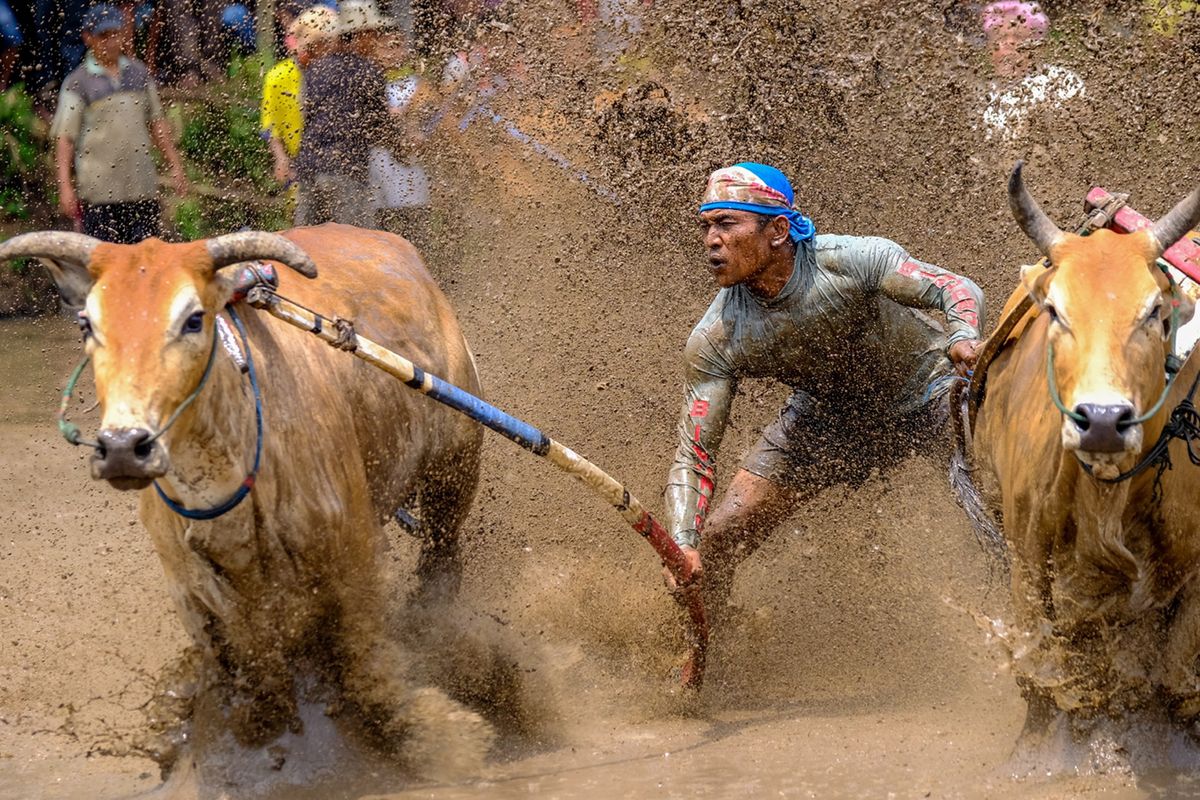
A jockey controls his bulls during a traditional Pacu Jawi race in Tanah Datar, West Sumatra (17/3/2018).
Editor Tunggul Wirajuda
Also read: Striding the Corridors of an Iconic West Sumatra Palace
The jockeys also used some unusual ways to make the bulls run faster, such as biting their tails.
Unsurprisingly, people from West Sumatra, other parts of Indonesia, even around the world are drawn to Pacu Jawi. The event is also a favorite among photographers aiming for a challenging shot of the frenetic and sloppy spectacle.
But whether one is motivated by a good time or a good shot, Pacu Jawi is a must see spectacle for anyone dropping by Tanah Datar. (Writer: Nicholas Ryan Aditya | Editor : Kahfi Dirga Cahya)
Sources:
Simak breaking news dan berita pilihan kami langsung di ponselmu. Pilih saluran andalanmu akses berita Kompas.com WhatsApp Channel : https://www.whatsapp.com/channel/0029VaFPbedBPzjZrk13HO3D. Pastikan kamu sudah install aplikasi WhatsApp ya.
There are no comments
Comment wisely and responsibly. Comments are entirely the responsibility of the commentator as regulated in the ITE Law
Thank You! We have received your report. We will remove comments that conflict with the Community Guidelines and the ITE Law.
More Headlines
Business
August 25, 2023, 07.58 PM
Taiwan's Semiconductor Industry: A Rising Powerhouse with Global Impact
News
April 14, 2023, 11.48 AM
3 Malaysian Nationals Missing after Boat Capsizes Near Indonesia’s Side of Borneo
News
April 13, 2023, 01.56 PM
Indonesia to Deploy Warships during ASEAN Summit in East Nusa Tenggara
News
April 12, 2023, 02.32 PM
Jakarta High Court Rejects Appeal of Ex-Police General Ferdy Sambo Facing Death Sentence
News
April 11, 2023, 05.26 PM
Indonesia Religious School Principal Named Suspect in 14 Students' Sexual Abuse
Culture
April 8, 2023, 05.52 PM
Centuries-old Indonesian Easter Tradition Returns after Pandemic Hiatus
News
April 8, 2023, 05.35 PM
Access to ASEAN Air Transportation Drives Bali's Tourism, Says Statistics Indonesia
Baca berita tanpa iklan. Gabung Kompas.com+
Baca berita tanpa iklan. Gabung Kompas.com+
IN CASE YOU MISSED
Baca berita tanpa iklan. Gabung Kompas.com+
Baca berita tanpa iklan. Gabung Kompas.com+


